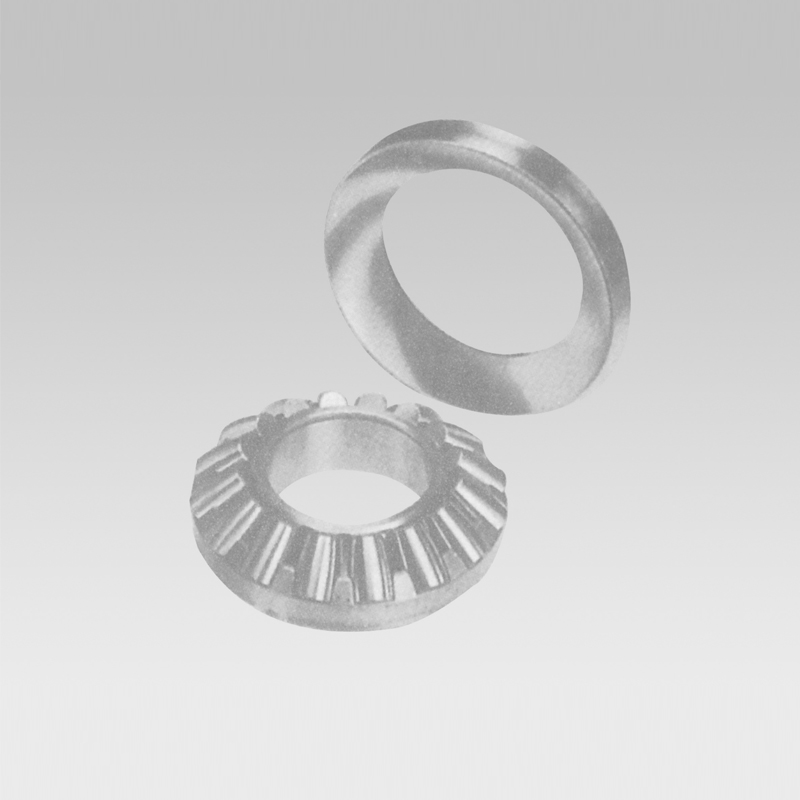
Dec . 17, 2024 18:21 Back to list
taper bearing uses
Understanding Taper Bearings and Their Uses
Taper bearings, also known as tapered roller bearings, are a crucial component in various mechanical systems, providing guidance and support for rotating shafts. These bearings are designed to handle both radial and axial loads, making them versatile and widely used in numerous applications across various industries. In this article, we will explore the structure, functionality, and diverse uses of taper bearings, highlighting their importance in modern machinery.
Structure and Design
Taper bearings consist of an outer race, an inner race, tapered rolling elements (the rollers), and a cage that holds the rollers in place. The unique design of tapered roller bearings allows them to accommodate angular misalignment, which occurs when the load is applied at an angle. The tapered shape of the rollers helps distribute the load more evenly, reducing wear and extending the bearing's lifespan.
The contact angle of the rollers with the races plays a significant role in the performance of taper bearings. A larger contact angle allows for a greater axial load capacity, which is essential in applications involving high thrust loads. This adaptability to varying load conditions is one of the reasons why tapered roller bearings are preferred in many engineering applications.
Applications of Taper Bearings
Automotive Industry
One of the most prominent uses of taper bearings is in the automotive sector. They are commonly found in wheel hubs, where they support the weight of the vehicle and maintain the alignment of the wheels. Taper bearings in this context help to ensure smooth rotation, reduce friction, and enhance the performance of suspension systems. Their ability to handle both radial and axial loads makes them ideal for applications where wheels experience varying forces during acceleration, braking, and cornering.
Machinery and Industrial Equipment
Taper bearings are widely used in various machinery, including conveyor systems, heavy construction equipment, and manufacturing machinery. For instance, in industrial gearboxes, tapered roller bearings play a crucial role in supporting the gears and enabling efficient transmission of power. Their design allows for high load capacity and durability, which are essential features in heavy-duty applications.
taper bearing uses

Additionally, in the mining industry, tapered roller bearings are often employed in crushers and screens. These machines operate under harsh conditions, and the bearings must withstand significant loads and environmental factors. Taper bearings' robust design and reliability make them suitable for these demanding applications.
Aerospace and Defense
In aerospace applications, taper bearings are utilized in various systems, including landing gear, wheel assemblies, and control surfaces. The high-performance standards required in this sector necessitate bearings that can withstand extreme conditions and provide precise control. Taper bearings meet these requirements, ensuring safety and reliability in flight operations.
In the defense industry, their ability to handle high shock loads and vibrations makes taper bearings an ideal choice for military vehicles and equipment. The durability and performance of these bearings contribute to the effective operation of essential defense systems.
Construction and Heavy Machinery
Construction equipment such as excavators, bulldozers, and cranes frequently use tapered roller bearings. These machines often operate under considerable loads and are subjected to harsh working environments, making the strength and durability of taper bearings paramount. Their ability to handle radial and axial forces simultaneously ensures that construction equipment operates efficiently, thus contributing to productivity on job sites.
Conclusion
Taper bearings are integral components in a wide range of applications, from automotive to aerospace and industrial machinery. Their unique design allows them to handle complex load conditions, making them versatile and reliable. Understanding their structure and functionality is crucial for engineers and technicians who rely on these components to ensure the effectiveness and longevity of their machines.
As technology advances and demands for higher efficiency and performance increase, the role of taper bearings is expected to expand even further. Their ongoing development in design and materials will continue to enhance their performance, solidifying their place as a critical element in modern machinery.
Latest news
-
Premium Deep Groove Ball Bearings | High Speed & Reliability
NewsAug.29,2025
-
Durable Scaffolding Clamps - Secure & Reliable Tube Connectors
NewsAug.28,2025
-
Common Failures in Thrust Ball Bearings and Solutions
NewsAug.22,2025
-
How Tapered Roller Bearings Can Take Shock Loads
NewsAug.22,2025
-
Angular Bearings in High-Precision Spindles
NewsAug.22,2025
-
The Impact of Misalignment on Cylindrical Roller Bearing Performance
NewsAug.22,2025
